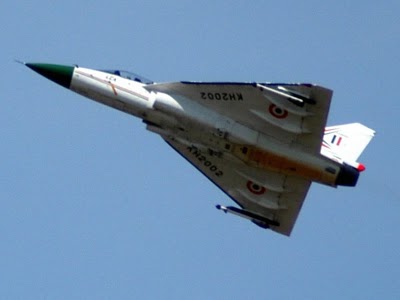The Navy will issue a global tender for procuring six next generation submarines worth over Rs 50,000 crore by the end of this year.
"The government has cleared Project-75 India which is the next lot of six submarines... At the moment we are going with the Request for Information (RFI) process, I hope within this year we would be able to push off the tender," Navy chief Admiral Nirmal Verma told reporters on the sidelines of a submarine seminar.
Project-75 India is a follow on of the Scorpene submarine project, six of which are being built by the Mazgaon Dockyards Limited (MDL) under a Rs 20,000 crore deal with French company DCNS.
With a depleted submarine strength, the Navy is planning to induct over 12 submarines in the next 10-12 years. The plans have also suffered a setback in view of the delays in the construction of the Scorpenes in Mumbai.
Talking about the capabilities of future submarines, the Navy chief said, "It will be a different boat in the sense that we are revising its Qualitative Requirements. Along with better sensors it will also have better hiding capability, improved detection range and combat management system."
He said the Navy would go for the Air Independent Propulsion (AIP) systems for the submarines, which would enhance their capability of remaining submerged in water for a longer time period.












_Shahjahan_meets_cornwall.jpeg)































